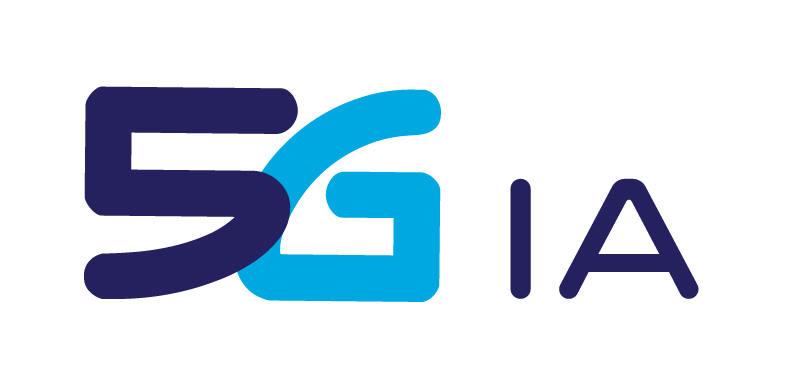

- About us
- Getting Involved
- Plans & Papers
- Events
- European 5G Activities
- Media & News
- Contact
Trials and Pilots for Connected and Automated Mobility
 Undoubtedly, society will benefit from Connected and Automated Mobility (CAM) in various ways. First, safety. Highly automated vehicles exchanging information will realize a collective artificial intelligence that can overcome the capabilities of humans to drastically reduce the number of accidents. Second, traffic efficiency. Exchanging information of maneuver intentions and real-time monitoring of real-traffic conditions for optimal traffic efficiency are just a couple of examples of the potential of CAM to improve the capacity and efficiency of roads. Third, passenger comfort. Vehicles driving in a highly automated manner will transform the concept of passenger, allowing for a more relaxed and fruitful traveling time on-road. Overall, reduction of environmental impact of road traffic is a final goal that can be boosted thanks to CAM.
Undoubtedly, society will benefit from Connected and Automated Mobility (CAM) in various ways. First, safety. Highly automated vehicles exchanging information will realize a collective artificial intelligence that can overcome the capabilities of humans to drastically reduce the number of accidents. Second, traffic efficiency. Exchanging information of maneuver intentions and real-time monitoring of real-traffic conditions for optimal traffic efficiency are just a couple of examples of the potential of CAM to improve the capacity and efficiency of roads. Third, passenger comfort. Vehicles driving in a highly automated manner will transform the concept of passenger, allowing for a more relaxed and fruitful traveling time on-road. Overall, reduction of environmental impact of road traffic is a final goal that can be boosted thanks to CAM.
As it was stated in the Strategic Deployment Agenda released in October 2019 by key stakeholder associations, 5G will be a booster for the realization of CAM and thus, bring all societal benefits to reality.
For this reason, the 5G Public Private Partnership, which aims at ensuring that Europe leads the development and deployment of 5G in Europe, has been continuously funding along the last years several projects which contribute to designing, developing, testing, validating, and promoting the potential of 5G-based vehicular communications (so called V2X communications) for CAM.
It is worth noting that the term V2X refers to communication between a vehicle and anything else, yielding terms such as V2V (vehicle-to-vehicle), V2N (vehicle-to-network), V2I (network-to-infrastructure), or V2P (vehicle-to-pedestrian). This brochure aims at providing a schematic and visual summary of the key use cases, key performance indicators, and tests and pilots being conducted in the context of research and innovation projects funded by the 5G-PPP which contribute to enabling efficient and reliable 5G-V2X communications for CAM.
5GPPP_TRIALS AND PILOTS FOR CONNECTED AND AUTOMATED MOBILITY_C-V2X_brochure_Final
Editors: Jesus Alonso-Zarate and Apostolos Kousaridas,
May 2021 – Automotive Working Group





